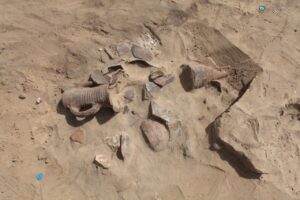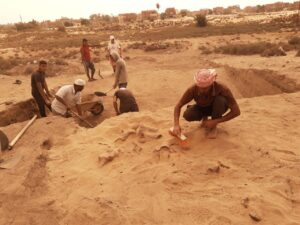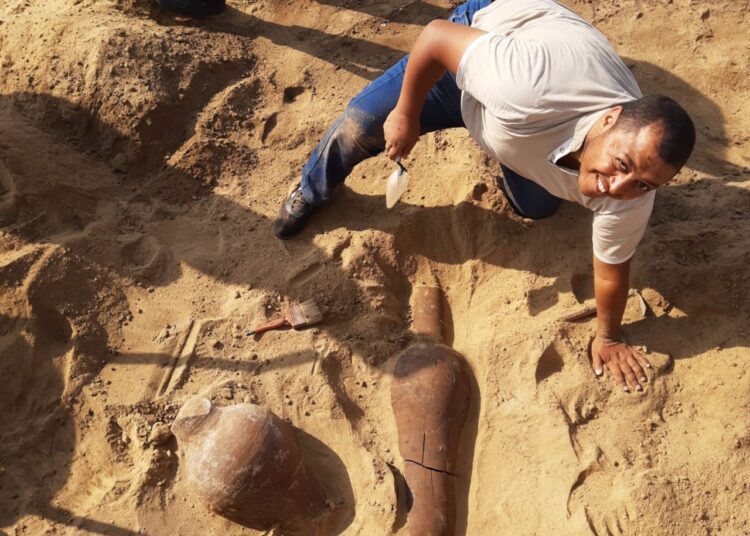Egypt has announced the discovery of a large group of pots and amphorae that date back to the Late Period of ancient Egypt (c. 664 BC–c. 332 BC) and the Greco-Roman eras.
The discovery was made by the joint Egyptian-Italian archaeological mission, which includes archaeologists from the Supreme Council of Antiquities (SCA) and the Italian National Research Council (CNR)’s Institute of Ancient Mediterranean Studies.
The mission works in Tell el-Maskhuta, an archaeological site in Ismailia, on the west bank of the Suez Canal.
SCA Secretary General, Mostafa Waziry, said the new discovery shows that this region functioned as a commercial centre in the past.
“This area was a centre for international trade and communications during the Roman era,” Secretary-General Waziry said.
“Egypt was a centre for international trade, thanks to its good infrastructure at that time, which included the canal that linked the Red Sea with the Mediterranean via the Nile River,” he added about the Canal of the Pharaohs, which was established in 1850 BC.
The mission also uncovered a huge slope that leads up to the top of the huge wall that was discovered in 2017.
The wall makes up the northern side of the great wall of the city, according to Andrea Angelini, head of the mission.
Angelini added that the slope contributed greatly to the protection of one of the military castles at the site to the east, as well as the passage that was used to collect fees and customs on the trade route, secure commercial convoys and repel aggressions in the east.








Discussion about this post